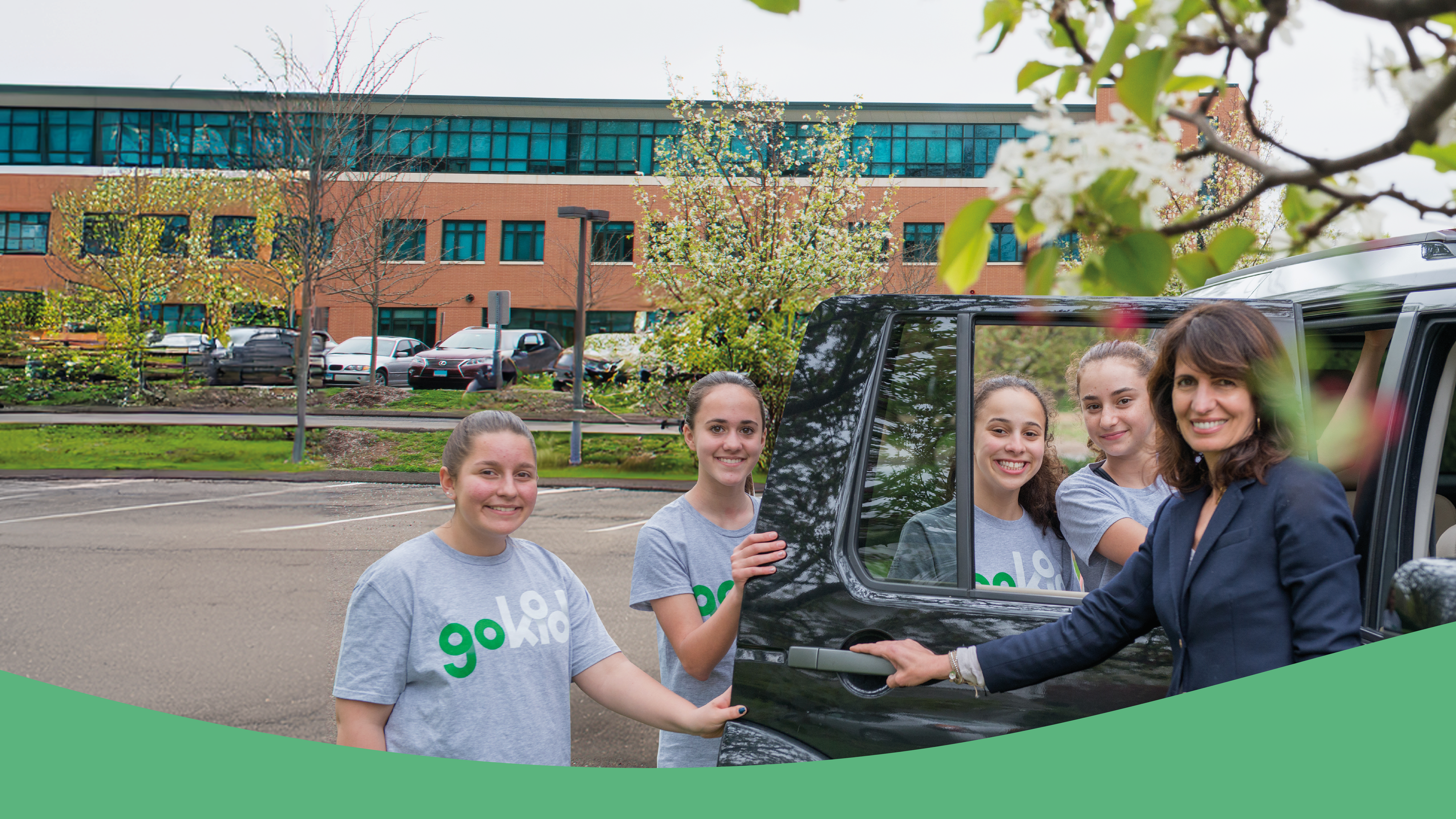Carpooling is a solution that is worth a closer look, and GoKid can help. GoKid is an innovative carpooling solution for schools, districts, and parents that has revolutionized school commutes. As the founder of GoKid, I am often asked why this method of transportation makes more sense than traditional school bus and parent drop-off options. In this article, you will learn the primary reasons to choose carpooling over buses and see how easy it is to start a carpooling program in your community and in your school.
Addressing Modern Challenges
- School bus driver shortages and reduced bus routes. With fewer drivers and buses transporting students, more parents are driving their kids to school than ever before. A 2022 report cited by The Washington Post stated that approximately 53% of U.S. students are driven to school rather than riding the school bus.
- Traffic congestion around schools has become a significant issue. This is particularly true in middle and elementary schools. Carpooling can dramatically reduce this congestion and decrease the amount of time it takes to get through the drop off line.
- Environmental concerns. The Environmental Protection Agency (EPA) estimates that a typical passenger vehicle emits about 4.6 metric tons of carbon dioxide per year. Schools can significantly reduce their carbon footprint by implementing carpooling program as an alternative.
Financial considerations. Diesel-fueled school buses can range anywhere from $140,000 to $160,000 depending on the type. And, while the new Electric bus alternatives are better for the environment, they cost an average of $350,000. Even with substantial rebates, many schools are opting out due to the upfront costs. Carpooling offers substantial cost savings for school districts, allowing them to redirect funds to educational programs.
The benefits of sharing the school commute with other parents in your community go beyond student transportation. Here are just a few that we have heard from GoKid users:
Traffic congestion is a safety risk
A 2024 news release from the National Center for Education Statistics (NCES), states that “Thirty-eight percent of public school leaders reported they moderately or strongly agreed that traffic patterns around their schools pose a threat to students’ physical safety while commuting to school.” The combination of school bus traffic, long drop off and pick up lines that often spill out onto the main roads, and students who walk are bike to school, increases the likelihood of injury.
More cars mean more carbon emissions
Traffic congestion isn’t just a headache for drivers; it’s also a significant source of pollution. Every car on the road, and every car idling in school zones contributes to the unnecessary release of excess greenhouse gas emissions. The Environmental Protection Agency reports that a single car emits about 4.6 metric tons of carbon dioxide annually. They also found that idling for just 10 seconds uses more fuel and produces more emissions than restarting your engine. Reducing individual car trips to school can substantially lower these emissions and can contribute to cleaner air in our communities.
Financial advantages for schools and families
Alternative transportation methods like carpooling offer compelling financial advantages for both schools and families. The National Center for Education Statistics reports that school districts spend an average of $1,200 per student annually on transportation. Schools can redirect these funds to educational programs by implementing carpooling programs or encouraging active transportation. Families can also benefit financially. The American Automobile Association (AAA) estimates the average cost of owning and operating a new car at $9,282 per year. Families who participate in carpools or use active transportation methods can reduce these costs substantially.
Community engagement
Carpooling fosters community connections. When parents participate in carpools, they interact more with other families to create stronger social bonds and promote a sense of shared responsibility for their children’s safety.
How to Launch a School Carpool Program
Whether you are a school administrator who wants to offer a carpooling solution for your district, or you are a parent looking to launch a carpooling program in your community, GoKid makes it easy.
Schools can contact GoKid to set up a free consultation. Parents can download the app and follow the instructions for creating your carpool network. Once your program is ready to launch, here’s what you can do to ensure the best results:
Educate and Engage
Host a kick-off event to introduce GoKid to families and provide clear, concise information about how to participate. Regular communication maintains engagement. Send weekly updates about the program’s success, highlighting things like the number of car trips saved or miles walked collectively.
Monitor and Adjust
Regularly solicit feedback from participants and prepare to make adjustments as needed. With careful planning and community involvement, you can create a transportation program that benefits students, families, and the environment.
To learn more, read “Back-to-School Carpooling: 8 Tips to Ensure a Smooth Ride.”
Final Thoughts
Alternative school transportation like carpooling represents a significant shift in how we approach student mobility. This innovative solution addresses modern challenges faced by schools and families, reducing traffic congestion, improving air quality, and offering substantial cost savings.
GoKid Connect offers a comprehensive solution for schools looking to implement carpooling programs with features such as real-time GPS tracking, automated notifications, and secure messaging to ensure safe and efficient transportation. The future of education will undoubtedly include alternative school transportation as a key component in creating sustainable, cost-effective, and community-oriented ways to transport students.



